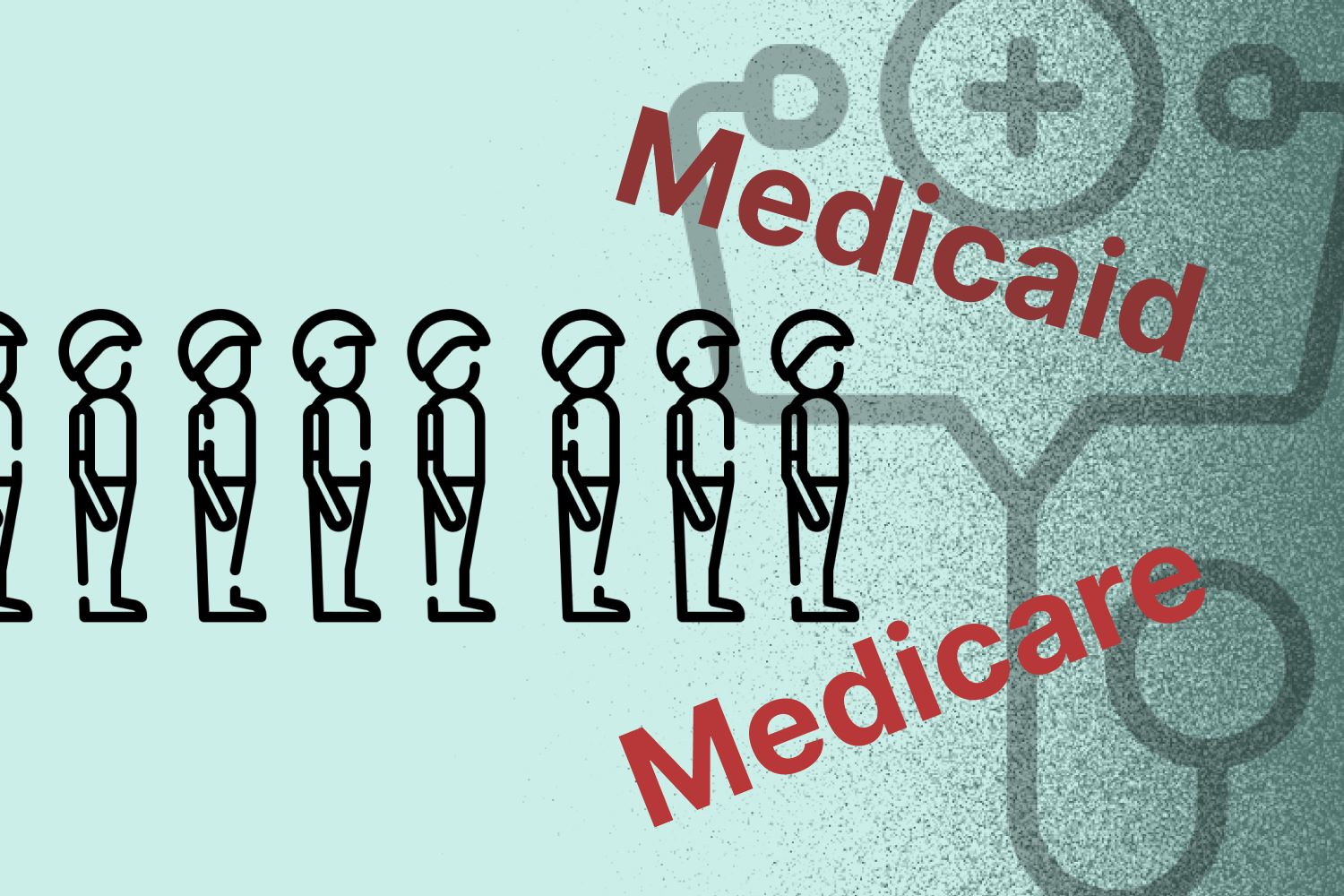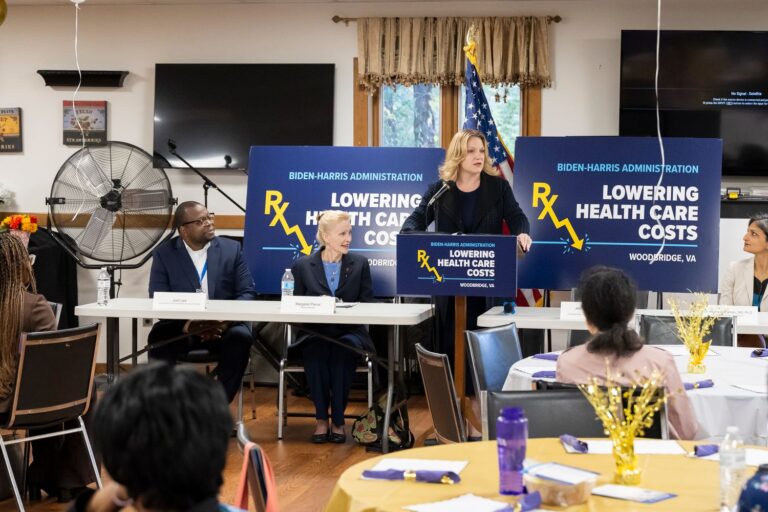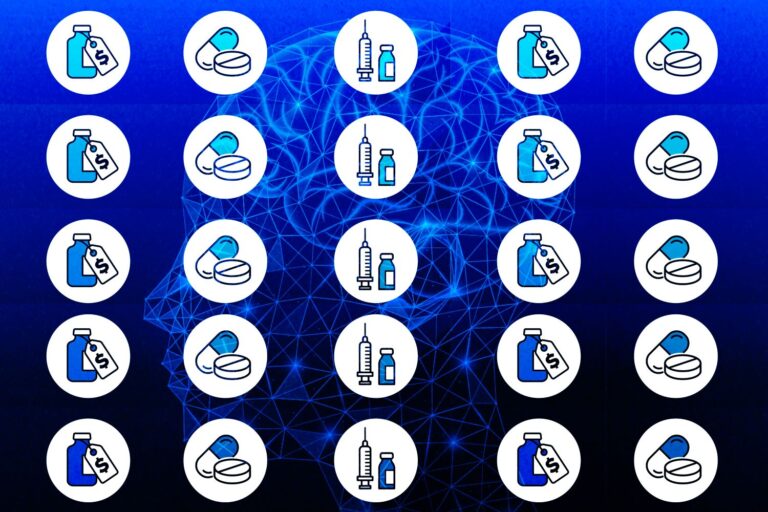How States Handle Medicaid Coverage Renewals in Mounting Delays
To remain enrolled in Medicare, you need to pay your monthly Part A and Part B premiums, as well as supplemental premiums, out-of-pocket costs, and other expenses. These costs, such as co-payments for medical services and prescriptions, can accumulate to an amount that many people find unaffordable. Additionally, you might end up paying more than others for the same basic Medicare coverage because additional coverage options are financially out of reach.
Some Medicare recipients face significant health and financial challenges and may find the program unaffordable. Often, these individuals also qualify for Medicaid, a joint federal and state program that offers additional assistance with doctor bills, hospital bills, prescription drugs, and other services to millions of Americans.
If you’re eligible for both Medicare and Medicaid, you’re considered a dual eligible beneficiary.
Under the broad umbrella of Medicare coverage, both Medicare and Medicaid provide various services and financial support to address the diverse needs of the dual-eligible population. This group is more racially and ethnically diverse and more likely to be in poor health compared to Medicare beneficiaries who do not receive Medicaid.
Increasing Rate of Medicaid Loss Pre Pandemic
According to the study “Medicaid Eligibility Loss Among Dual-Eligible Beneficiaries Before and During COVID-19 Public Health Emergency,” about 12.5 million people in the US are eligible for both Medicare and Medicaid.
While dual-eligible beneficiaries usually stay continuously enrolled in Medicare, many risk losing Medicaid coverage periodically. This risk is due to factors such as income fluctuations, state-specific changes in Medicaid eligibility, and especially administrative barriers related to Medicaid redeterminations.
From 2015 to 2019, the adjusted proportion of dual-eligible beneficiaries who lost Medicaid for at least one month increased from 6.6% to 7.3%. During this period, Black and Hispanic beneficiaries were more likely to lose Medicaid compared to their non-Hispanic White counterparts. Conversely, dual-eligible beneficiaries who were older, female, eligible for full Medicaid, had disabilities, and were enrolled in integrated care programs were less likely to experience Medicaid loss.
However, the pandemic had come and flipped the script.
How Covid Has Reversed the Trend?
The onset of the COVID-19 pandemic prompted the enactment of the Families First Coronavirus Response Act in March 2020. During the public health emergency, this act prohibited states from disenrolling people from Medicaid in exchange for a significant increase in federal funding.
“At the start of the COVID-19 pandemic, Congress created a policy that allowed states to receive extra federal money for their Medicaid programs. But a condition of receiving that funding is that they couldn’t kick anybody out of the program for the duration of the federal public health emergency,” said Adrianna McIntyre, assistant professor of health policy and politics at Harvard T.H. Chan School of Public Health.
Largely in response to the continuous Medicaid eligibility provisions implemented during the public health emergency in 2020, the adjusted proportion of dual-eligible beneficiaries who lost Medicaid for at least one month dropped to 2.3%.
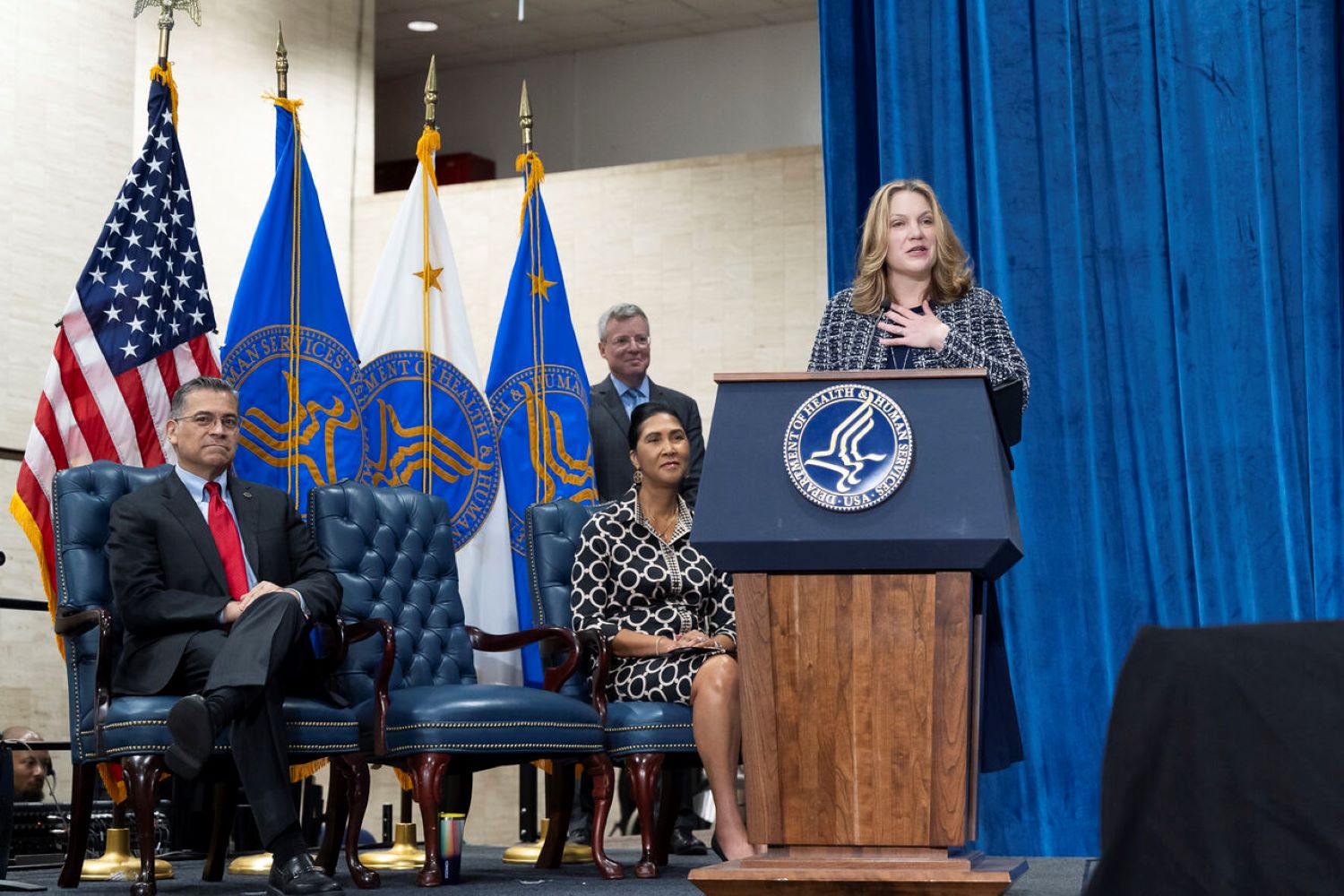
The reduction in Medicaid loss was observed consistently across all demographic groups and both TM and MA plan types. In 2020, disparities in disenrollment rates between non-Hispanic White and Black beneficiaries were eliminated, and the gap between non-Hispanic White and Hispanic beneficiaries was slightly reduced.
Between February 2020 and May 2022, Medicaid experienced a growth of approximately 25%, fueled by policies implemented at the onset of the COVID-19 pandemic that broadened the program’s scope.
As a result, the combined enrollment in Medicaid and the Children’s Health Insurance Program (CHIP), which assists children in families with low to moderate incomes, surged from 71 million to 89 million. This represents roughly 27% of the entire American population.
The surge in Medicaid enrollment triggered by the pandemic exceeded the 24.7% increase seen following the expansion of Medicaid for adults under the Affordable Care Act (ACA) in 2014. Yet, this sustained enrollment growth was not permanent.
“In late 2022, Congress passed legislation that ended this continuous coverage provision and, starting in April of this year, states have started redetermining people’s eligibility—which is normally a process that happens annually—and removing people from the program if they’re no longer eligible,” said Adrianna McIntyre.
The Medicaid Unwinding – Who Took the Biggest Hit?
In the Consolidated Appropriations Act, 2023, signed into law on December 29, 2022, Congress detached the continuous enrollment provision from the Public Health Emergency (PHE), ceasing continuous enrollment on March 31, 2023. The Act also gradually reduces the enhanced federal Medicaid matching funds through December 2023.
During the unwinding of the continuous enrollment provision, millions of people were expected to lose Medicaid, potentially reversing recent gains in coverage. However, not everyone who loses Medicaid becomes uninsured.
As of May 10, 2024, based on the most current data from all 50 states and the District of Columbia, at least 21,941,000 Medicaid enrollees have been disenrolled. Overall, in reporting states, 31% of people with a completed renewal were disenrolled, while 69%—or 48.1 million enrollees—had their coverage renewed. (One reporting state does not include data on renewed enrollees).
Disenrollment rates vary widely across reporting states, ranging from 56% in Utah to 13% in Maine and North Carolina. Across all states with available data, 69% of all people disenrolled had their coverage terminated for procedural reasons.
Coverage loss is undeniably devastating for those who depend on Medicaid for their healthcare needs, but its impact extends beyond individuals. State systems and employees are struggling to cope with the immense workload, leading to application backlogs and delays or interruptions in access to both Medicaid and the Supplemental Nutrition Assistance Program (SNAP) in some states.
Every state is grappling with high work volumes due to Medicaid unwinding and the overwhelming number of Medicaid renewals that need completion. In states facing the most significant capacity challenges, adverse effects of unwinding such as Medicaid churn, backlogs, and delayed services are becoming increasingly evident.
The delays in processing applications, particularly the severe and worsening delays observed in many states, create hardships for both individuals seeking coverage for the first time and those who lost coverage during their renewal despite remaining eligible and now must reapply and wait for approval.
These delays also reflect broader challenges in state customer service, often manifesting in long wait times at call centers, misplaced documents, and inaccurate determinations.
CMS Response to the Ongoing Delays
In response to the persistent challenges with application processing timeliness, the Centers for Medicare & Medicaid Services (CMS) has taken action by issuing an informational bulletin and slide deck. These resources provide states with guidance on how to ensure prompt and accurate eligibility determinations for Medicaid and the Children’s Health Insurance Program (CHIP).
While federal law mandates a 45-day deadline for processing most applications (90 days for those requiring a disability determination), many states routinely exceed these timelines for a significant portion of new applicants. The new materials serve to reinforce this requirement and urge states to explore a range of short- and long-term strategies aimed at expediting application processing.
Proposed strategies include bolstering workforce capacity and enhancing application process workflows, as well as reassessing and refining verification procedures. Additionally, states are encouraged to explore various Section 1902(e)(14) waiver strategies aimed at relieving eligibility workers by simplifying renewal processing. With CMS extending the availability of these waivers until June 2025, states may be more inclined to consider this option.
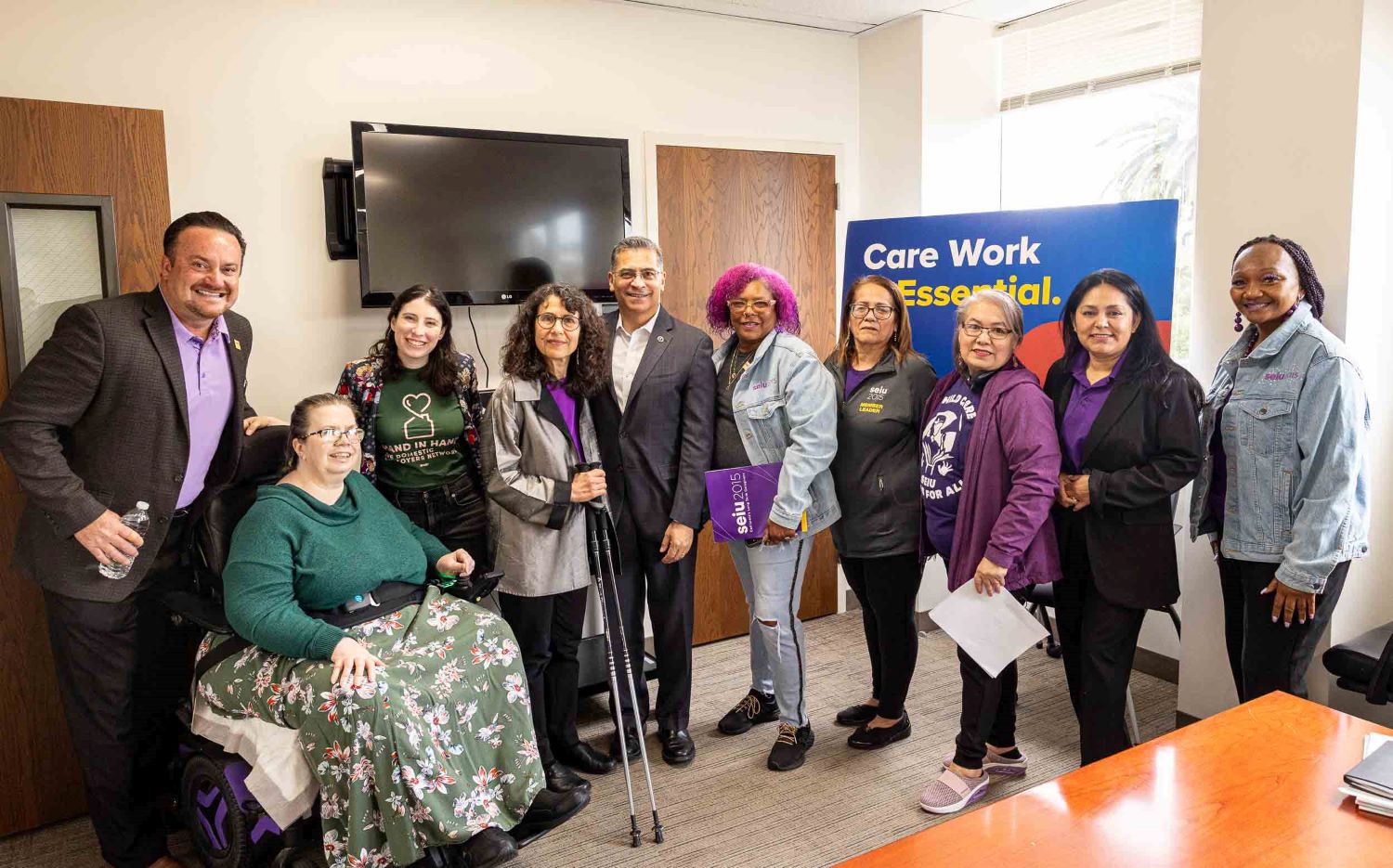
Despite previous alerts to states experiencing high rates of applications processed beyond the 45-day deadline, CMS has not initiated compliance actions against states violating federal regulations. Instead, CMS has opted to provide technical assistance to support states in achieving compliance.
HHS Takes Additional Actions
The U.S. Department of Health and Human Services (HHS), in collaboration with the Centers for Medicare & Medicaid Services (CMS), has unveiled additional measures to assist individuals in maintaining coverage as states resume Medicaid and Children’s Health Insurance Program (CHIP) eligibility renewals, which recommenced nationwide last spring following a hiatus during the COVID-19 pandemic.
These initiatives will extend and continue previously announced flexibilities, making it simpler for individuals to transition to Health Insurance Marketplace coverage through 2024. They will also aim to support more individuals with Medicaid and CHIP in navigating the renewal process and reinforce crucial federal requirements essential for safeguarding coverage in states during and beyond the “Medicaid unwinding” phase.
CMS is prolonging a temporary special enrollment period (SEP) to aid individuals no longer eligible for Medicaid or CHIP in transitioning to Marketplace coverage in states utilizing HealthCare.gov. The end date of this “Unwinding SEP” will be extended from July 31, 2024, to November 30, 2024. This extension aims to assist more individuals leaving Medicaid or CHIP in obtaining affordable and comprehensive coverage until the start of the next open enrollment period.
This extension is critical for ensuring individuals remain covered, particularly in states granting additional time for renewing coverage, as recommended by CMS to assist eligible individuals in maintaining enrollment. States with state-based Marketplaces have the option to implement similar extensions.
“The actions we are announcing today, like those we have taken over the past year, demonstrate that HHS is committed to ensuring Medicaid and CHIP coverage for all who are eligible. We are helping those who will now qualify for Marketplace coverage obtain it,” said HHS Secretary Xavier Becerra.
She added, “We encourage states to use all the strategies and resources we have provided them to carry out renewals of coverage. We will continue to monitor the renewal process and make sure federal requirements are being followed.”
“Protecting and strengthening access to health coverage in Medicaid, CHIP, and the Marketplaces is a top priority,” said CMS Administrator Chiquita Brooks-LaSure. “Today’s steps will help make sure more families stay connected to the health care they need to thrive.”
Local Governments Take on the Problem
There is expected to be considerable variation among states in terms of where individual state enrollment levels settle in comparison to pre-pandemic levels, largely due to the unwinding process and other policy shifts. Some states are leveraging the unwinding phase to implement policies aimed at stabilizing or even increasing Medicaid enrollment. Consequently, it is anticipated that these states will ultimately see higher enrollment figures than those observed pre-pandemic.
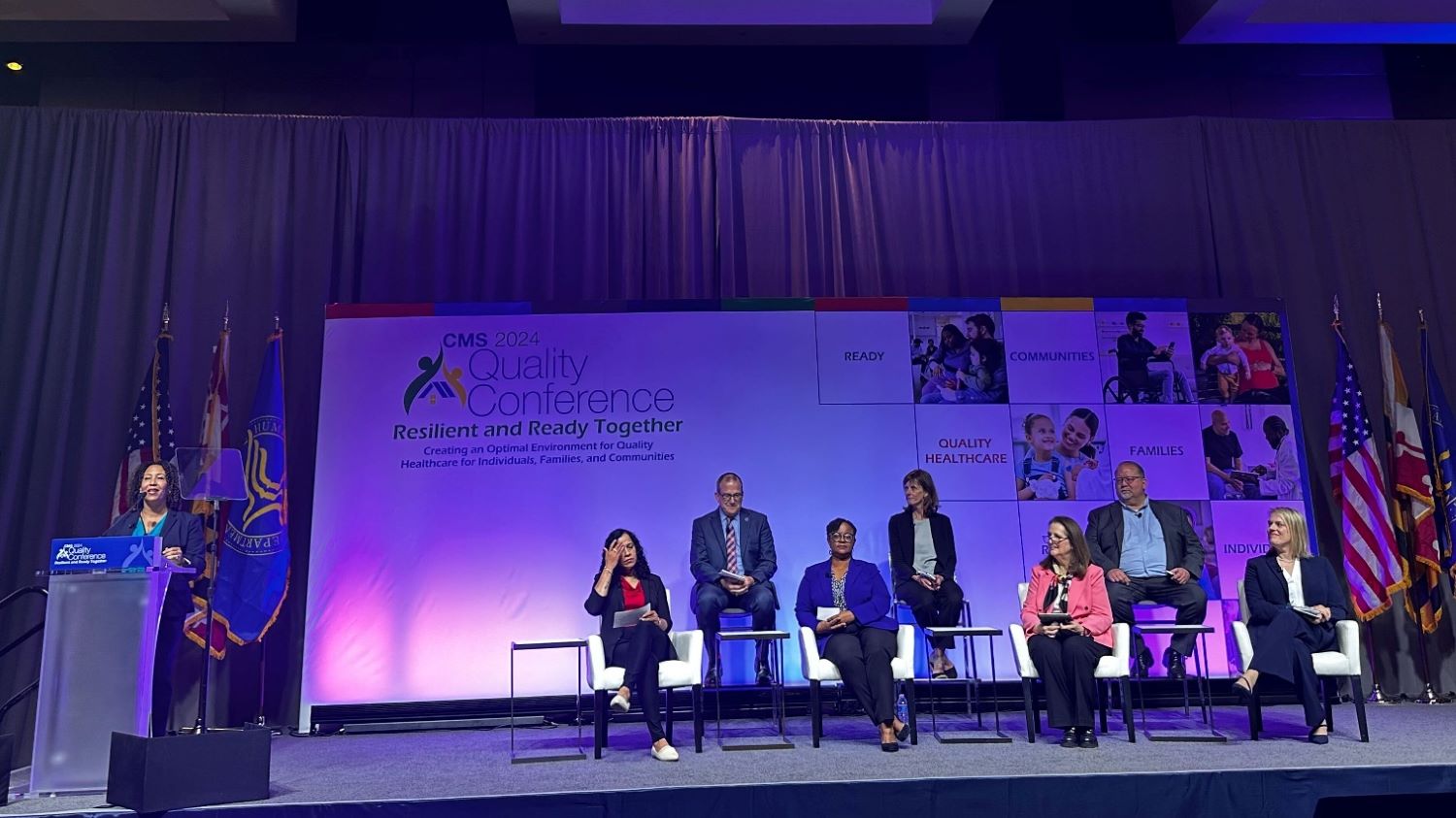
However, some states may experience a decline in enrollment below pre-pandemic levels, leading to a higher number of uninsured individuals compared to before the public health emergency. Notably, South Dakota and North Carolina implemented Medicaid expansion during the unwinding period (in July and December 2023, respectively), which is expected to offset enrollment declines in these states.
Furthermore, additional policies, such as mandatory 12-month continuous eligibility for children, optional 12-month postpartum coverage, and a widespread state interest in pursuing multi-year continuous eligibility for children or other continuous coverage for adults, may help alleviate churn in enrollment.
The Affordable Care Act’s (ACA) Medicaid expansion broadened Medicaid coverage to include nearly all adults with incomes up to 138% of the Federal Poverty Level (which equates to $20,783 for an individual in 2024). Additionally, the expansion offered states an enhanced federal matching rate (FMAP) for their expansion populations.
As of now, 41 states (including the District of Columbia) have opted to implement the Medicaid expansion, while 10 states have chosen not to adopt it, according to KFF.

